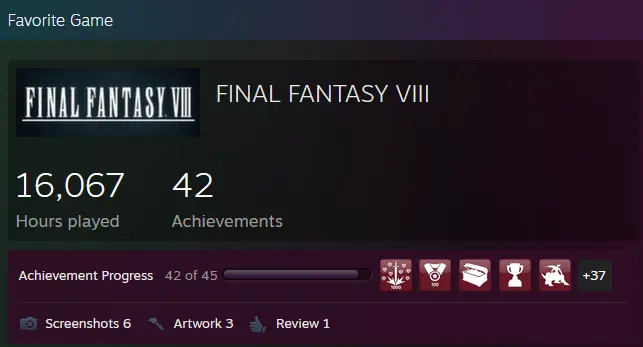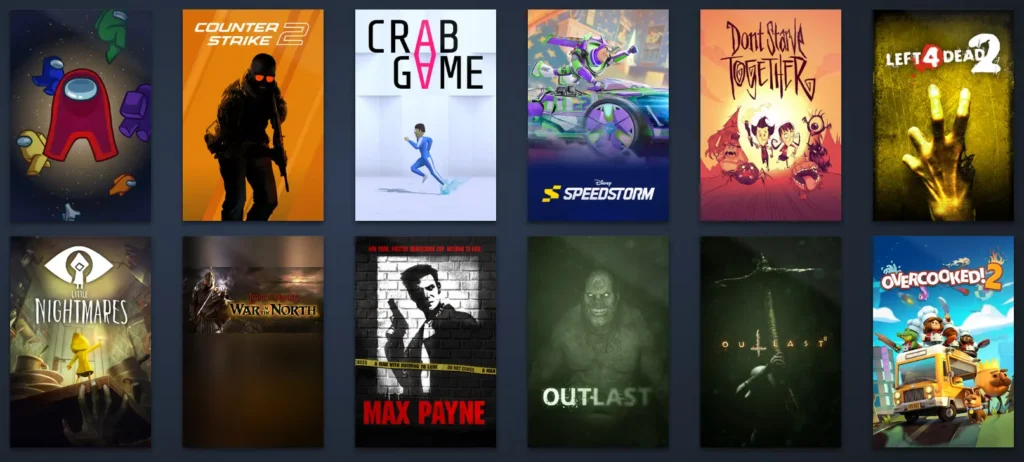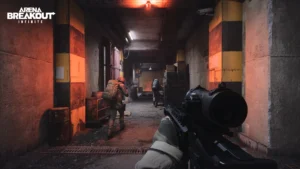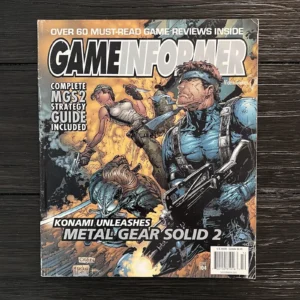The world of gaming has undergone a significant transformation in recent years, with attention span seemingly dwindling in the face of an abundance of choices and rapid technological advancements. One striking trend contributing to this shift is the rise of minigames, particularly within popular platforms like Minecraft and Roblox. I don’t see my kids devote as much time to a single game like we used to back in the days (remember PS1’s Spyro, Vagrant Story, Chrono Cross, Wild Arms, etc). As we explore this evolution, it’s worth reflecting on the bygone era when players could immerse themselves in epic adventures for extended periods, such as the nostalgic memory of spending an entire summer engrossed in a single game, like Final Fantasy 8 (well, in my case).

The Changing Landscape of Attention Span
In the past, gamers were captivated by sprawling narratives, intricate character developments, and vast open worlds that allowed for endless exploration. Games like Final Fantasy 8 epitomized this era, with its rich storyline, complex characters, and an immersive universe that seemed to stretch beyond the confines of the screen. Players could invest countless hours into a single title, forging a deep connection with the game’s world and its characters.
However, the contemporary gaming landscape has witnessed a noticeable shift in player preferences. The rise of minigames, often embedded within larger gaming platforms, has altered the way we engage with digital entertainment. Minecraft and Roblox, two prominent examples, have become emblematic of this change, offering a plethora of bite-sized gaming experiences that cater to the contemporary need for instant gratification.
The Minecraft and Roblox Phenomenon
Minecraft and Roblox have redefined the gaming experience by introducing players to a world where creativity and community-driven content take center stage. Instead of investing hours in a single, narrative-driven game, players can now jump between a multitude of mini-games within these platforms, each offering a unique and often whimsical experience.

In Minecraft, players can seamlessly transition from building elaborate structures in creative mode to engaging in intense battles in mini-games like Bed Wars or Hunger Games. The versatility of Minecraft’s gameplay ensures that attention remains captivated, with players flitting between different activities, preventing the onset of boredom.
Roblox, with its expansive library of user-generated games, epitomizes the modern approach to gaming. The platform boasts a wide array of mini-games that span genres, from obstacle courses to virtual theme parks. This diverse selection caters to a broad audience, allowing players to enjoy a variety of experiences without the commitment of an extended narrative.
The Appeal of Minigames vis-a-vis Attention Span
The popularity of minigames can be attributed to several factors, chief among them being accessibility and diversity. Minigames often have simple mechanics, making them easy to pick up and play, removing the barrier to entry for both casual and hardcore gamers. This accessibility aligns with the fast-paced, on-the-go nature of modern lifestyles, where players may only have brief windows of time to dedicate to gaming.

Furthermore, the diverse range of minigames available ensures that players can find something to suit their current mood or preferences. Whether in the mood for a quick puzzle challenge or an adrenaline-fueled race, the options are virtually limitless within these expansive gaming platforms. Granted, this is at the cost of a lower attention span or dedication to a single minigame despite the platform being the same.
The Nostalgia of a Single Epic
Reflecting on the past, there’s a certain nostalgia associated with the days when players could invest weeks or even months into a single game like Final Fantasy 8. The epic scale of such titles allowed for a deep sense of immersion, fostering a connection between the player and the game world. The investment of time and emotional energy created lasting memories and a profound sense of accomplishment upon completing the journey.
In Final Fantasy 8, players were transported to an enchanting world where the fate of characters like Squall Leonhart and Rinoa Heartilly became intertwined with their own. The game’s intricate plot, coupled with its stunning visuals and memorable soundtrack, made it a compelling and all-encompassing experience. The ability to lose oneself in such a vast and intricately woven narrative seems to be a rarity in the modern gaming landscape. Honestly, I’ve beaten the game around 15 times by now but still feel compelled to play more (Perfect Game on Steam or not).
The evolution of attention spans in gaming is emblematic of broader societal shifts toward instant gratification and diverse entertainment options. While the rise of minigames in platforms like Minecraft and Roblox caters to the demands of today’s fast-paced lifestyle, it’s essential to recognize the unique charm of investing time in a single, epic gaming experience. The memories of spending an entire summer immersed in the world of Final Fantasy 8 evoke a sense of nostalgia for a time when gaming was a deep, immersive journey rather than a series of fleeting experiences. As the gaming landscape continues to evolve, striking a balance between the allure of minigames and the depth of epic adventures will be crucial in ensuring the continued enjoyment of gaming for players of all ages.






1 thought on “Attention Span in Gaming: Shift from Epics to Minigames”
Comments are closed.